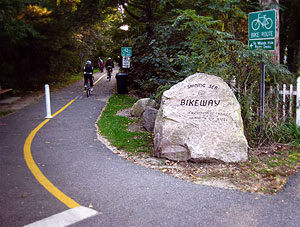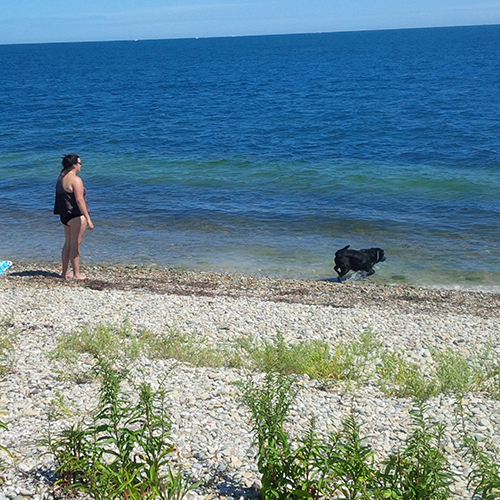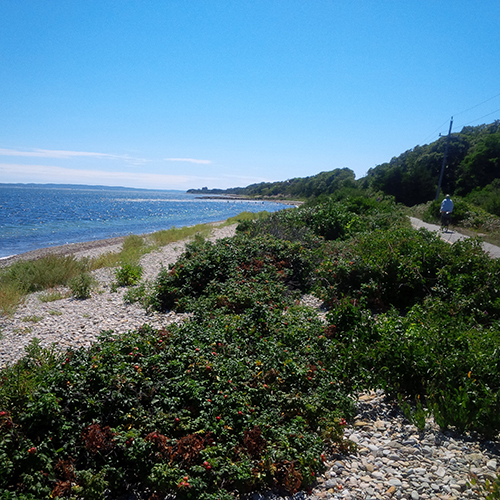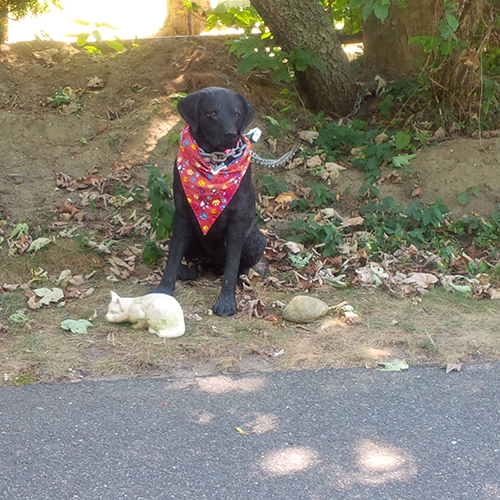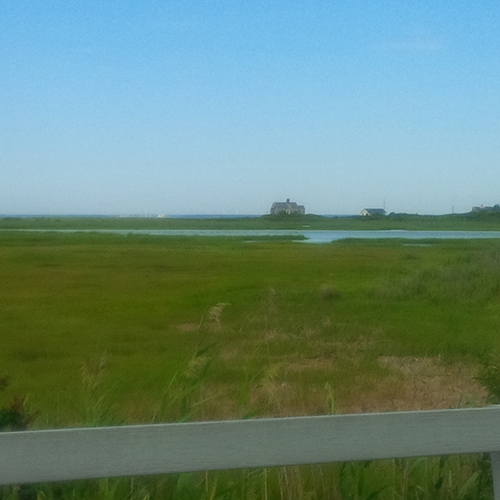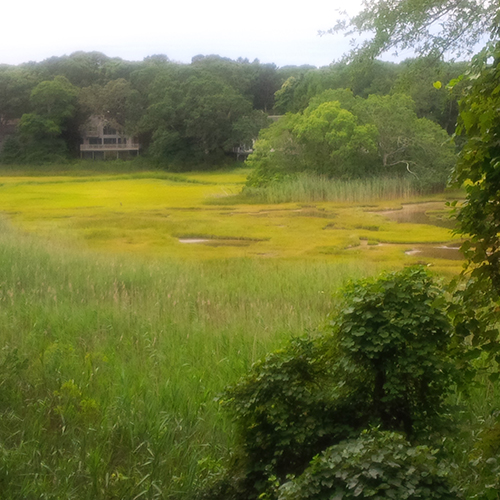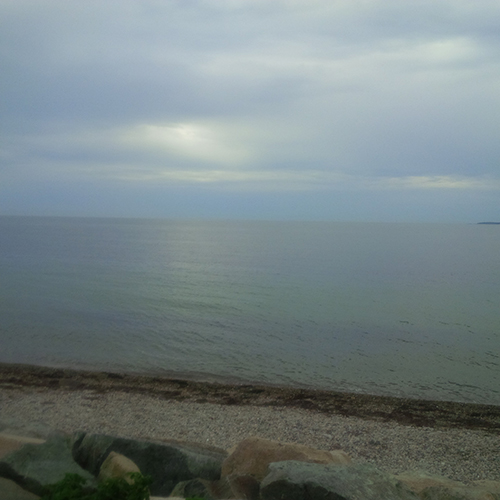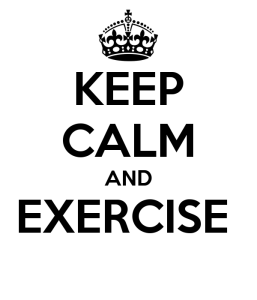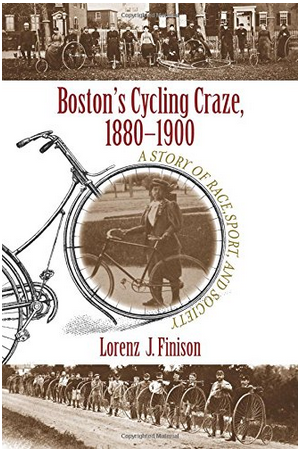Pedestrians, Cyclists & Drivers: An Unharmonious Union
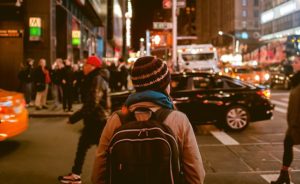 A new study further highlights the need for better cooperation between pedestrians, cyclists, and drivers. According to Smart America Growth’s Dangerous By Design, 46,149 people were struck and killed by cars while walking in the United States between 2005 and 2014. Americans were 7.2 times more likely to die as a pedestrian than from a natural disaster. The report also shows that communities of color and people over 65 years old were more likely to be struck because (1) they are less likely to own a vehicle, (2) live in communities with poorly designed or maintained sidewalks and (3) lack access to proper public transit.
A new study further highlights the need for better cooperation between pedestrians, cyclists, and drivers. According to Smart America Growth’s Dangerous By Design, 46,149 people were struck and killed by cars while walking in the United States between 2005 and 2014. Americans were 7.2 times more likely to die as a pedestrian than from a natural disaster. The report also shows that communities of color and people over 65 years old were more likely to be struck because (1) they are less likely to own a vehicle, (2) live in communities with poorly designed or maintained sidewalks and (3) lack access to proper public transit.
While Greater Boston ranks low on the Pedestrian Danger Index (PDI), the city still has many unique pedestrian problems. Unlike most American cities, Boston’s street grid infrastructure wasn’t planned. This dilemma is why there are so many narrow, two-way streets that suddenly become one-way streets. Because the city was founded in 1630, Boston streets are literally designed for just horse and buggy travel. I have said it here before; the problem also stems from the fact that car-less people are treated like second-class citizens because public transit and infrastructure are viewed as an afterthought and not essential in America’s car-obsessed culture.
Just last month, nine people in Boston were struck by cars in one day! It would be easy to just blame all these problems on cars, but in reality, better cooperation and judgment could also be used by cyclists and pedestrians alike. The two snow storms we had last week highlighted many of these issues that I would like to point out:
Pay attention: Stop looking at your phone when you are driving, walking across the street and even cycling (yes, I see this a lot too). If you have a headset on when you are walking or jogging, make sure the volume is low enough that you can still hear what is going on around you. I usually have a headset on, but I always know what is happening around me. Also, with all the snow banks, it can be hard for drivers to see a pedestrian or cyclist come out of nowhere and cross the street. Always look both ways at least three times and walk out far enough, so drivers see you before crossing.
Sidewalks are for pedestrians only: Yesterday morning as I was walking to the bus stop, I saw three adult cyclists riding ON the sidewalk when there is a dedicated bike lane on this particular road. And then one cyclist decided to suddenly go into the street and go across a moving car without signaling. I’m all for cyclist rights on the road, but you all can’t have it both ways! Cyclists can’t demand the same rights as car drivers while not following basic road rules like turn signaling and stopping at red lights. Adult cyclists should only be allowed on the road. I guess the storm forced them to ride on the sidewalk? In that case, maybe you shouldn’t ride a bike if the roads are impacted. Bikes on sidewalks are just as dangerous to pedestrians because we can be easily struck or clipped if the cyclist doesn’t signal or suddenly rides into the pedestrian’s walking space. It is already hard enough for pedestrians to use sidewalks after snowstorms, which brings me to my next point.
Clear sidewalks and pathways: Car-less people have to walk to places where a bus or a train don’t, so it is important to make sure sidewalks are clear enough for walking. Unfortunately, a lot of homeowners just shovel enough to get to their car. When the sidewalks aren’t cleared, pedestrians are forced to walk in the streets, where they are more likely to be struck by a vehicle or bicycle. Furthermore, don’t you want your postman or Amazon delivery person to drop off your mail or products? Last year a UPS delivery guy wasn’t able to get to my neighbor’s mailbox because the neighbor didn’t shovel the pathway, so UPS threw the package in the front yard instead. Of course, my neighbor was mad when he found his brand new computer sitting in the snow. I don’t know if UPS is supposed to leave packages like that, but my neighbor could have avoided this if he had shoveled his pathway. I do my best to make sure my sidewalk and pathway are clear enough for easy passage. Sometimes if the snow is too hard or heavy to shovel, I put some rock salt down to at least melt the ice. That way the path is walkable, and no one slips.
Overall, it would make more sense to improve public infrastructure in general for inclement weather that would make everyone’s quality of life better. If there were better quality trains and buses in Boston and the MBTA actually bothered to do its job properly, we could encourage more people to use public transit and ditch cars. If there were fewer cars on the road during storms, there would be fewer traffic accidents, spin-outs, and other safety hazards. If snow removal on sidewalks were enforced better, more people would be able to walk safely. Some people ride bikes year-round, even when snow is on the ground, like a former roommate I had many years ago, so roads need to be clear enough for both cars and bikes.
We all have to cohabitate the same space, so why don’t we cooperate better with each other. After all, we all have to get somewhere, whether by foot, by car or by bike.
